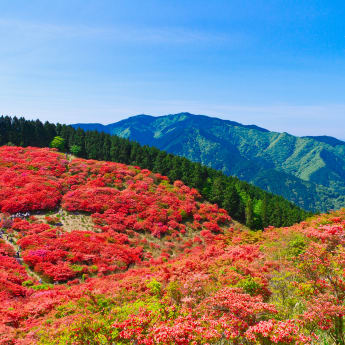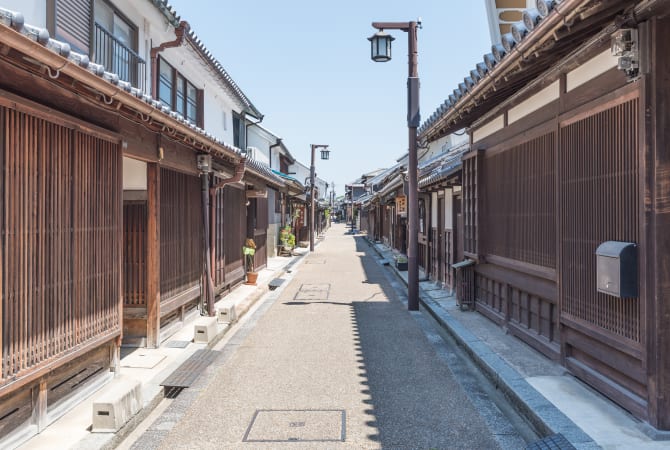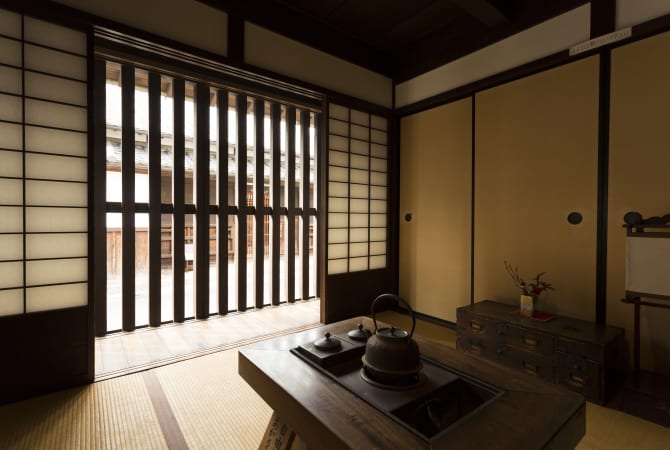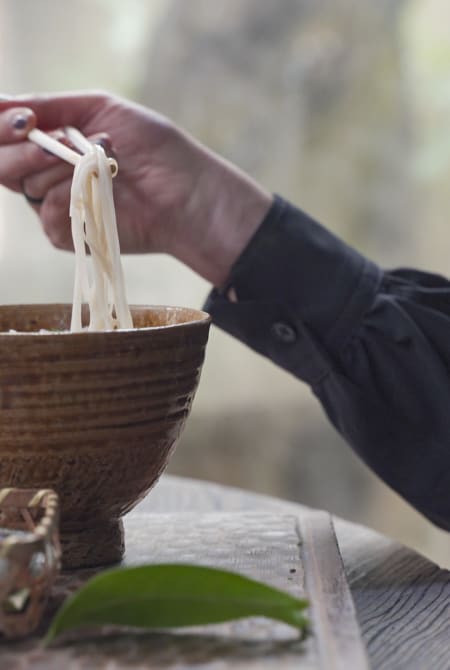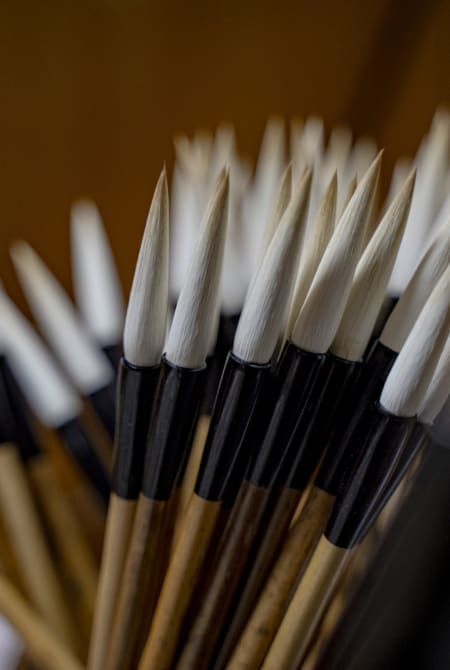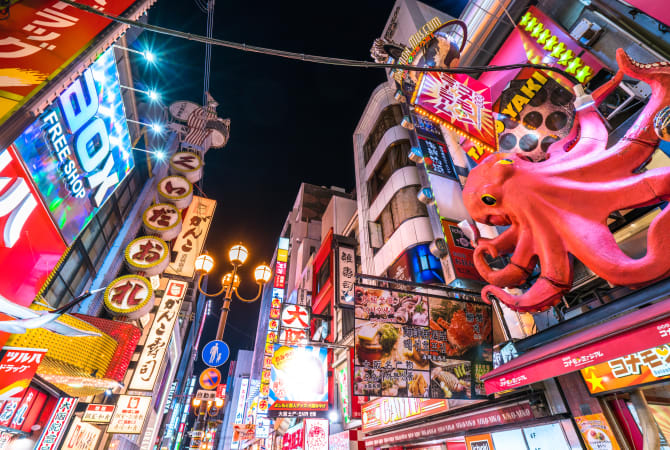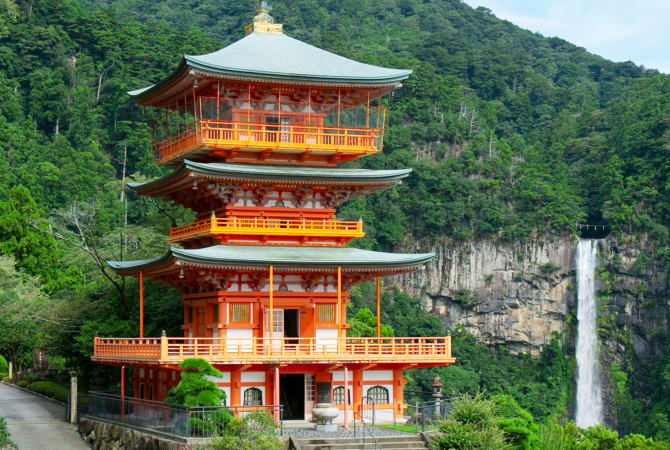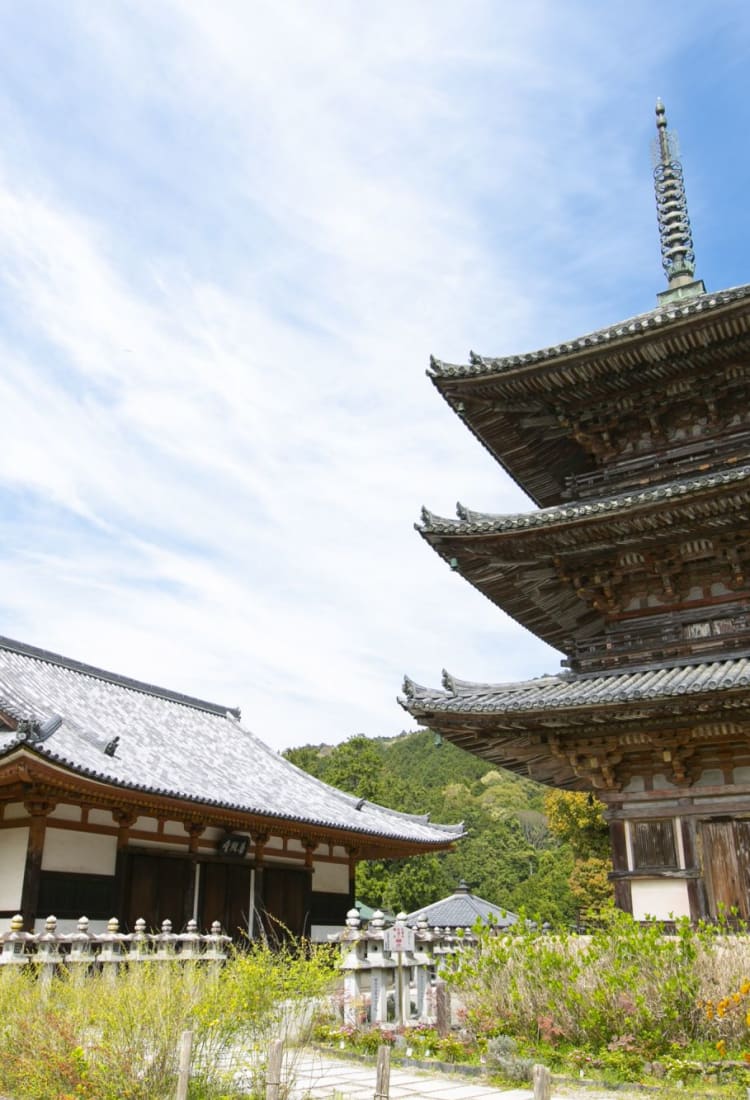

Kansai Nara Pilgrimage routes, ancient temples, cherry blossoms and deer in Japan's first permanent capital
Nara Prefecture has sacred mountain ranges, spiritual sites and early Japanese artifacts
How to Get There
You can reach Nara easily from either Osaka or Kyoto, the key transit points for a visit to the prefecture. The nearest airports are Osaka International (Itami) Airport and Kansai International Airport, both located in Osaka Prefecture, approximately an hour and 15 minutes by bus and train.
The sights at Nara Park and Naramachi are accessible from both Nara Station and Kintetsu Nara Station. A bus will get you to the sites of Heijo Palace and Horyuji Temple. Kintetsu trains go to the ancient towns along the Yamanobe-no-Michi route and access points for the mountain pilgrimage trails toward the border with Wakayama Prefecture.
Don’t Miss
- Ancient temples, including some of the oldest structures in the world at Horyuji Temple
- Sacred pilgrimage routes and pleasant walks along Japan’s oldest road—the Yamanobe-no-michi
- Feeding some of the 1,000 tame deer of Nara Park
Trending Attractions in Nara
Local Specialties
-
Nara-zuke
A method of pickling vegetables and fruit that has been practiced in Nara for over 1,300 years. The balance of salty and sweet is a perfect complement to freshly steamed white rice.

-
Miwa Somen
Very thin noodles made from flour and the soft waters of Miwa. Somen boils in under two minutes, and is a favorite in the hot summer months, when it is eaten cold in an icy soy sauce and fish stock broth.

-
Nara Brushes
A Buddhist monk returning from China introduced brushmaking to Japan. First made in Nara some 1,200 years ago, Nara fude are characterized by their blend of hairs, selected from 10 or more different animals. These brushes must balance hardness, softness, length, elasticity and flexibility.

-
Takayama Tea Whisks
Takayama produces almost all of the tea whisks in Japan. These utensils vary in shape, bamboo type and design details depending on their usage and the tea ceremony school.

-
Yamato Tea
Formerly called Yamato, Nara is one of Japan's main tea-producing areas. Tea first started being produced in the region 1200 years ago, when the legendary monk Kukai brought black tea plant seeds to Japan from China. Nara is now famous for green tea as well.

-
Kakinoha Sushi
Kakinoha sushi is made with vegetables and cooked or cured fish placed in a wooden mold and covered with sushi rice. The mix is then compressed into a rectangular shape, removed and wrapped in a persimmon leaf.

Seasonal Highlights
-
Spring
Head to Mt. Yoshino for the most spectacular cherry blossoms and Mt. Katsuragi for azaleas. Climb grass-covered Mt. Wakakusa, which has an ancient tomb dating back to the fifth century.

-
Summer
Head for the cool, shaded trails of Mt. Kasuga or hike through the Mitarai Valley. Check out the many summer festivals—including the Tempyo Festival, and Obon at Kasuga Taisha Shrine—and try some chilled somen noodles.

-
Autumn
Stroll through Isuien Garden or visit mountain shrines and temples such as Ohnoji and Hasedera—known for their autumn foliage. Many museums have exhibitions of Important Cultural properties during autumn.

-
Winter
Try snowshoe trekking through the quiet wilderness and then a soak in an onsen. Enjoy a few cups of sake and celebrate a traditional Japanese New Year at temples and shrines throughout Nara.
























































